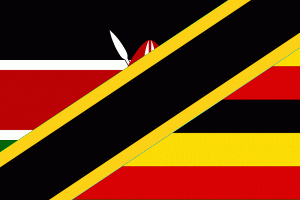I’m not a native speaker of Swahili but I love the language. Grammatically, historically, and phonically it really is one of the most beautiful languages spoken on Earth.
The rules for pronouncing Swahili — which is called Kiswahili — are very clear. There are only 5 vowel sounds (English has 5 vowels but over 25 different ways to say them). Consonants have a singular pronunciation (as opposed to, for example, the confusing letter g in English having a different sound in get, gel, ring, rough, or assuage). The grammar is specific and removes ambiguity.
But most of all, I love the history.
Originally just a language spoken by the coastal Swahili people on the East African coast, Swahili quickly became a lingua franca used by merchants from all over. Kiswahili is filled with Arabic and Persian loanwords, and being part of the Bantu language family means it has similarities to languages from southern Africa too. Over the centuries, it evolved into the beautiful language it is today, synthesizing elements from a wide geographic region but remaining orderly and accessible (as opposed, once again, to English which has more exceptions than rules!).
In this regard, Swahili is much like the language of mathematics. Orderly, yet flexible in how it can expand. Encompassing and uniting many different disciplines — hence why we call it “mathematics” in the plural. And so using the language of mathematics, we delve into finding the beauty and orderliness of the world around us.
Maji usiyoyafika hujui wingi wake. You can’t know how much water is in the pond that you’ve never been in.
